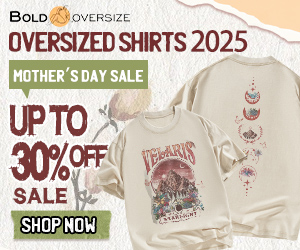Elevating Your Brand: The Benefits and Challenges of Choosing a 3D Logo
/Credit: unsplash.
In a world where branding and visual identity play crucial roles in a company's success, a 3D logo can provide a distinct competitive edge. These logos add depth, realism, and a cutting-edge feel to a brand's identity, potentially increasing its memorability and impact. This article explores the benefits of adopting a 3D logo, the challenges involved in designing one, and key considerations for businesses thinking about making this leap.
Utilizing a 3D logo generator can dramatically simplify the process of creating a dynamic and visually appealing logo for your business. These online tools offer a range of customizable 3D templates that can be tailored to fit any brand's aesthetic and identity. By providing options for texture, lighting, and perspective adjustments, 3D logo generators enable users to craft unique and professional-looking logos without the need for specialized graphic design skills or expensive software. This makes them an excellent resource for small businesses or startups looking to establish a modern and innovative brand image on a budget.
The Benefits of a 3D Logo
Enhanced Visual Appeal: One of the primary advantages of a 3D logo is its striking visual presence. The added dimension can make a logo pop, giving it a tactile feel that flat, two-dimensional logos cannot match. This can be particularly effective in markets where visual differentiation is key to standing out in a crowded field.
Modern Brand Image: 3D logos convey a sense of innovation and modernity. They are often associated with high-tech and forward-thinking companies. This can help businesses in technology-driven industries, such as gaming, technology, and digital media, project an image of being at the forefront of their respective fields.
Increased Engagement: The dynamic and interactive nature of 3D logos can enhance engagement with the target audience. They are more likely to catch the eye of potential customers, encouraging interaction with the brand through digital media.
Challenges in Designing a 3D Logo
Complexity in Design: Unlike traditional logos, 3D logos require a deeper understanding of spatial design, lighting, and shadows. Designers must consider how elements interact within a three-dimensional space, which can complicate the design process.
Scalability Issues: One of the practical challenges with 3D logos is their scalability. While they look great on digital platforms or large displays, they may lose clarity and impact when scaled down for use on small items like business cards or promotional products.
Higher Costs: The process of designing a 3D logo can be more resource-intensive than traditional logo design. It often requires specialized software and skills, which can lead to higher costs for design and revisions.
Considerations for Businesses
Industry Suitability: Before deciding on a 3D logo, consider whether it aligns with your industry norms and how your competitors are branding themselves. For industries that value tradition and simplicity, such as law firms or financial services, a 3D logo might not resonate well with target clients.
Media Compatibility: Evaluate the various platforms where your logo will be displayed. A 3D logo might look impressive on a website or a digital billboard but consider how it will appear in print, on social media, or across other marketing channels.
Future Proofing: While a 3D logo might be trendy now, consider its longevity. A logo should ideally withstand the test of time without requiring frequent updates to stay relevant.
Choosing a 3D logo can significantly enhance a brand’s visual impact and appeal, setting it apart in a competitive market. However, the decision to go 3D should be weighed carefully against potential design and practical challenges. By considering industry relevance, media compatibility, and the timeless nature of the design, businesses can make a more informed decision that aligns with their long-term branding goals. Ultimately, a well-executed 3D logo not only captures the essence of the brand but also plays a crucial role in its storytelling and audience engagement.
Disclosure: This is a collaborative post.




















